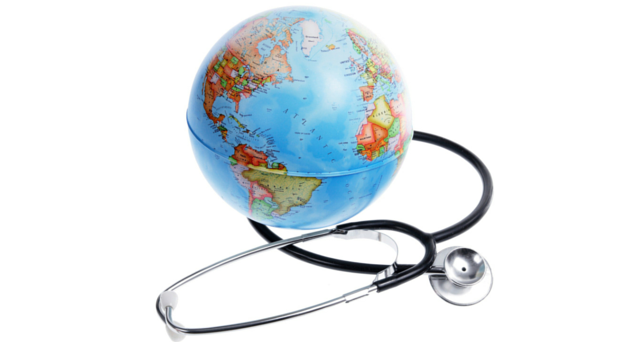
One key component of our research efforts has been to ascertain the global innovation flow architecture. This evolving body of literature hopes to highlight the transformative nature of globally produced and integrated ideas and products, which are no longer considered the sole outcomes of one country or region.
Moving from research to action will require further reflection and refinement, for example: which innovations are best suited for global flow? How can we enable and support innovation flow to capture the brightest and the best solutions for health? How can we look beyond traditional foreign aid mechanisms and support local capacity building through global innovation flows? How can health innovations provide transformative change within the international development arena? The answers to these questions themselves are likely to be co-developed in multi-stakeholder communities across the world.
Part of this conversation is also about anchoring our work within the wider health and development paradigm. The eight Millennium Development Goals, ranging from halving extreme poverty to halting the spread of HIV/AIDS to improving maternal health and reducing child mortality, have been a milestone in global and national development efforts.
Linking the work on reverse innovation and global innovation flow to the evolving Sustainable Development Goals (SDGs) agenda is critical. The six essential SDG elements – dignity, prosperity, justice, partnership, planet and people – can all be seen with the lens of global innovation flow.
The global flow of knowledge, skills, and ideas has been a defining feature of human progress and should continue to define progress in the future.
That is to say, the global flow of knowledge, skills, and ideas has been a defining feature of human progress and should continue to define progress in the future. For the global health community, the proposed third SDG, to “ensure healthy lives and promote well-being for all at all ages” is a clear entry point for sustainable development through global innovation flows.
SDG number 17, to “strengthen the means of implementation and revitalise the global partnership for sustainable development” could not be more relevant for making such global innovation flows real.
The question remains; will high-impact low-income country health innovations be truly recognized, adequately resourced and positively promoted for global application? We will see!
You actually make it seem so easy together with your presentation however I find this topic to be really something that I feel I might never understand. It sort of feels too complicated and very vast for me. I am having a look forward for your next post, I’ll try to get the hang of it